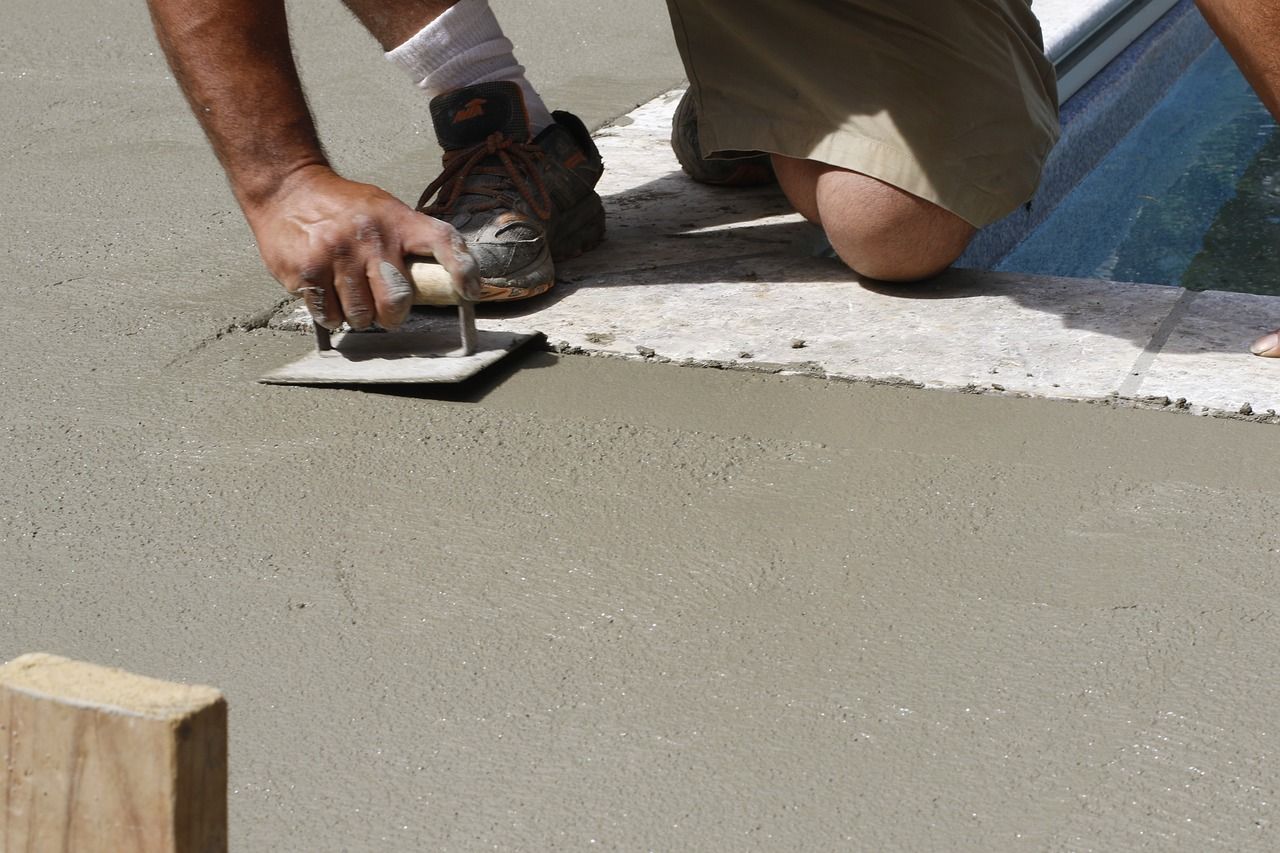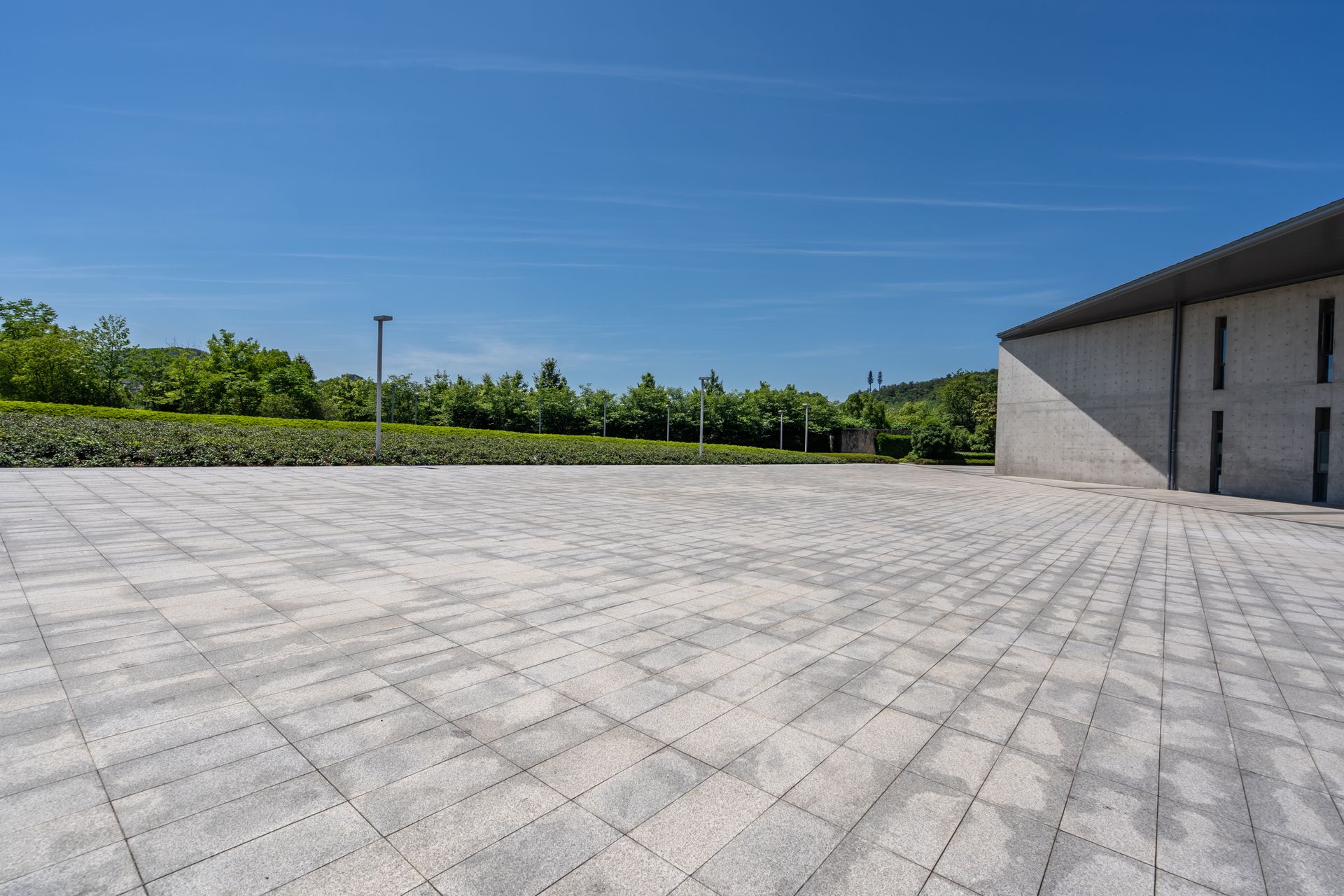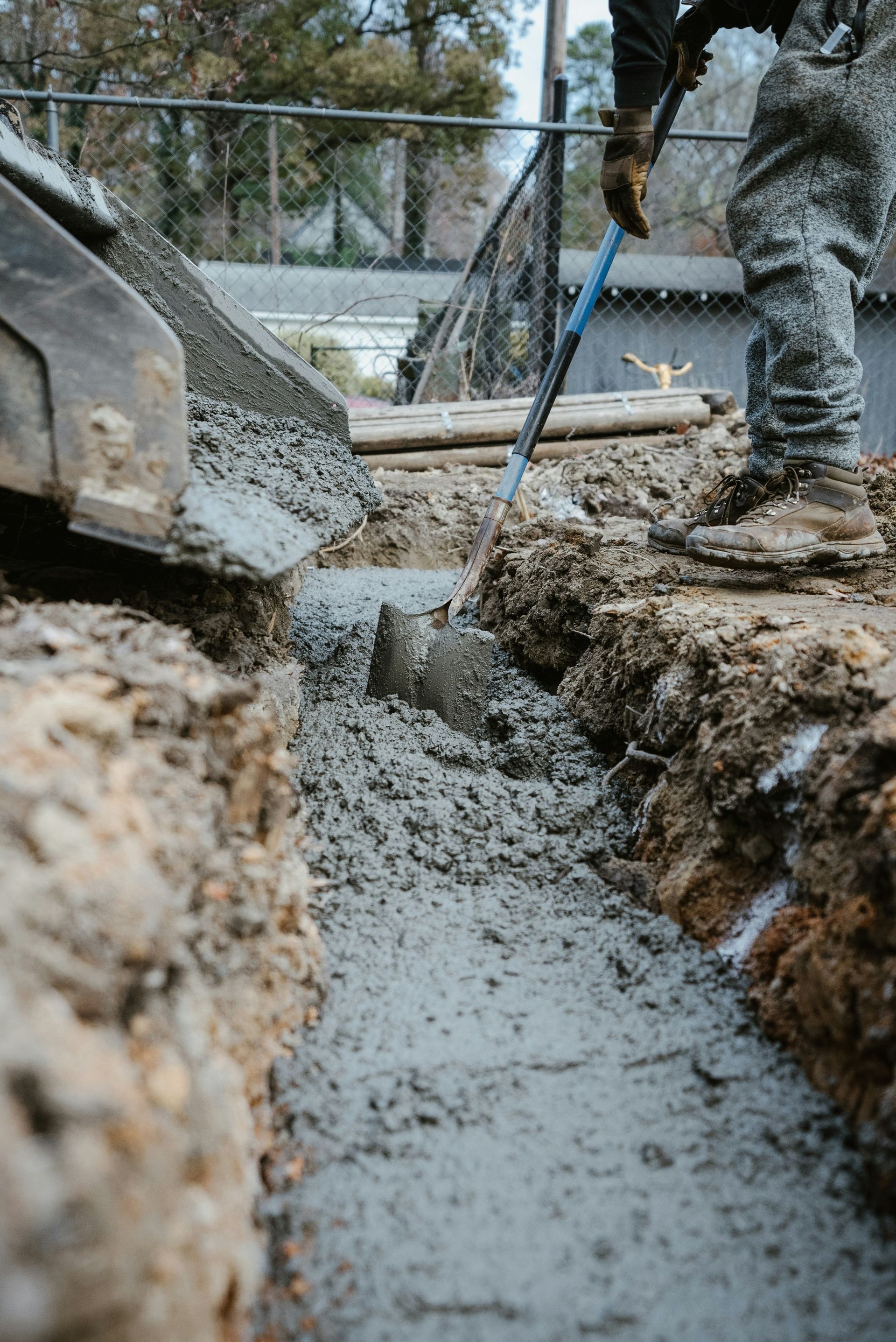How Are Concrete Retaining Walls Constructed?
Steps to Building a Concrete Retaining Wall
Concrete retaining walls are structures designed to hold back earth to prevent erosion, manage slopes, and create usable outdoor spaces. These walls are commonly used in landscaping and construction to provide structural support and stability to elevated terrain.
Step 1: Site Assessment
During concrete retaining wall construction, the initial phase involves evaluating the location's landscape and soil conditions. This step is crucial in determining the wall's stability and long-term effectiveness. The assessment includes analyzing the area where the wall will be constructed, checking for any existing structures or utilities that could impact the project, and understanding the topography of the site. Additionally, soil testing is performed to assess the soil type, compaction, and drainage properties. A comprehensive site assessment ensures that the wall design is tailored to the specific conditions of the location, enhancing the overall performance and durability of the structure.
Step 2: Design Considerations
Design considerations for retaining walls include wall height, soil conditions, drainage requirements, as well as any applicable building codes or regulations. The type and amount of reinforcement to be used must also align with the design specifications to ensure structural integrity. Additionally, aesthetics and landscaping integration are important aspects to think about when planning the construction of concrete retaining walls. By carefully addressing these design considerations, you can create a durable and visually appealing wall that meets all functional and regulatory requirements.
Step 3: Materials Needed
For a successful concrete retaining wall construction project, several essential materials are required. These materials play a crucial role in ensuring the durability and structural integrity of the wall. Understanding the purpose and function of each material is key to a successful build. Let's delve into the key materials needed for constructing concrete retaining walls:
- Concrete: Concrete is the primary material used in building retaining walls. It provides the structural strength and stability necessary to hold back soil and resist pressure. The quality and mix of concrete are critical factors in the longevity and resilience of the wall.
- Reinforcement: Reinforcement materials such as steel bars or mesh are vital components in reinforcing concrete walls. They help enhance the tensile strength of the structure, reducing the risk of cracking and increasing stability. Proper placement and alignment of reinforcement are essential in ensuring structural integrity.
- Formwork: Formwork is used to shape and support the concrete during the pouring and curing process. It helps create the desired shape and finish of the wall. Quality formwork ensures that the concrete is poured accurately and maintains the intended design specifications.
When sourcing materials for your concrete retaining wall project, it is crucial to focus on quality and durability. Investing in high-quality materials will not only result in a visually appealing structure but also ensure the long-term functionality and stability of the retaining wall.
Step 4: Excavation and Footing Installation
Excavation and footing installation are critical stages in the construction of concrete retaining walls. The excavation process involves digging out the area where the wall will be located, ensuring proper depth and width according to the design specifications. The footing installation is crucial for providing a stable foundation for the wall. This typically involves pouring concrete into the excavated area to create a solid base that can support the weight of the wall and withstand external pressures from soil and water. Properly executed excavation and footing installation are essential for the structural integrity and longevity of the concrete retaining wall.
Step 5: Concrete Pouring and Curing
During the concrete pouring and curing stage of constructing a retaining wall, it is essential to follow a precise process to ensure the structural integrity and longevity of the wall. The concrete mix should be carefully prepared and poured into the formwork to create a solid foundation for the wall. The curing process is equally important, as it allows the concrete to strengthen and harden properly.
Proper curing involves keeping the concrete moist and at the right temperature for an adequate period. This can be achieved through various methods such as covering the concrete with wet burlap or applying a curing compound. Monitoring and maintaining the curing conditions are critical to prevent cracking and ensure the concrete's durability over time.
Additionally, attention to detail during the pouring and curing process is crucial to avoid issues such as segregation, honeycombing, or other defects that can compromise the wall's structural integrity. By following best practices for concrete pouring and curing, you can achieve a high-quality, long-lasting retaining wall that serves its intended purpose effectively.
Step 6: Placement of Reinforcement
The placement of reinforcement is a critical step in ensuring the structural integrity of concrete retaining walls. Reinforcement materials such as rebar or wire mesh are strategically positioned within the concrete to enhance its strength and ability to withstand pressure. The placement process involves accurately positioning the reinforcement within the formwork before the concrete is poured. Proper spacing and alignment of the reinforcement are essential to distribute loads evenly and prevent cracking or failures.
Additionally, ensuring the appropriate cover depth of the reinforcement within the concrete is important to protect it from corrosion and maintain the wall's durability over time. By meticulously planning and executing the placement of reinforcement, you can significantly enhance the stability and longevity of the concrete retaining wall.
- War Eagle Concrete
serving Auburn, AL and the surrounding areas
You might also like
We will get back to you as soon as possible
Please try again later
Professional Concrete Contractor in Auburn, AL
Call today for your Free Concrete Quote
All Rights Reserved | War Eagle Concrete









